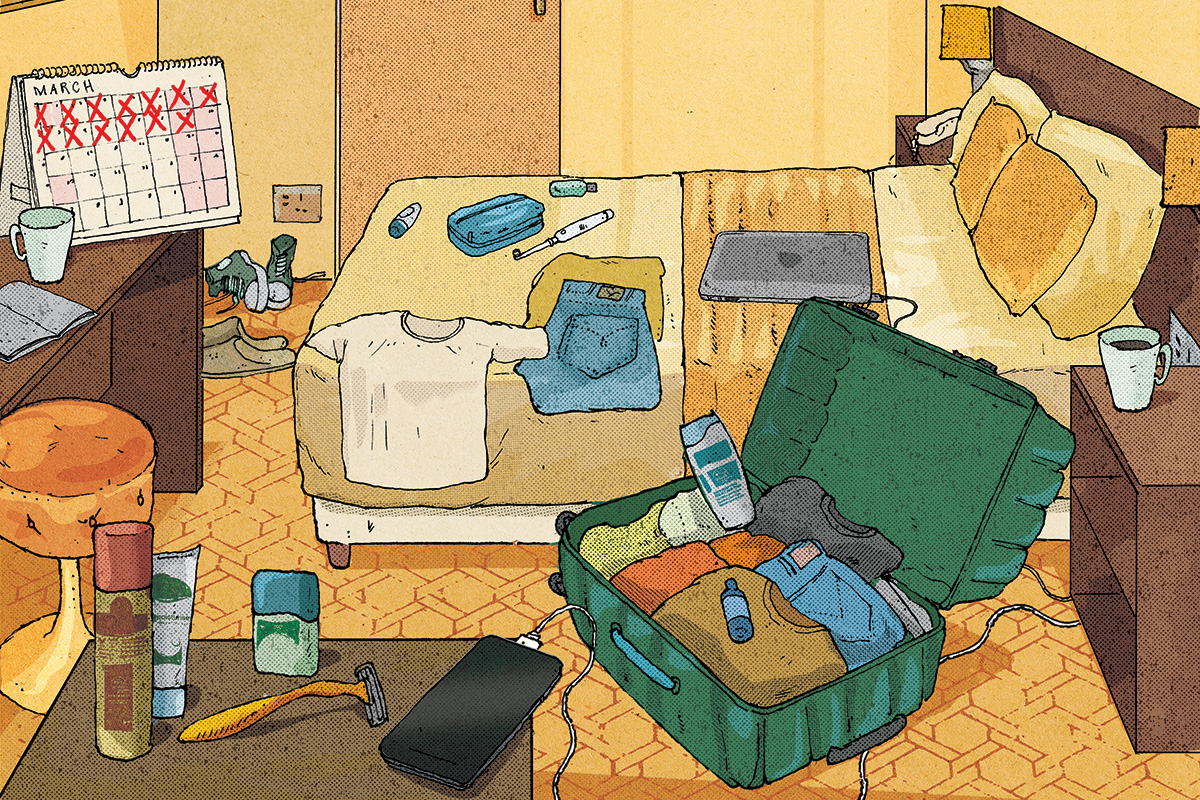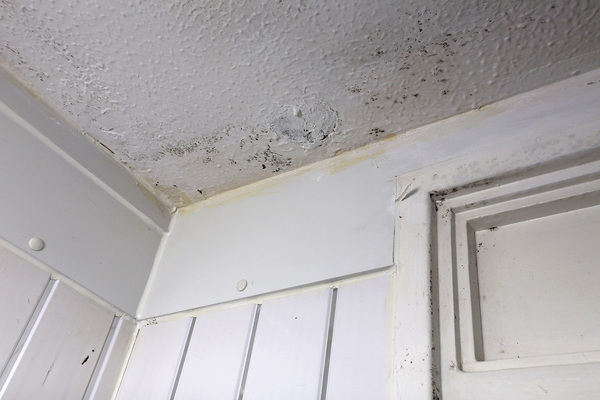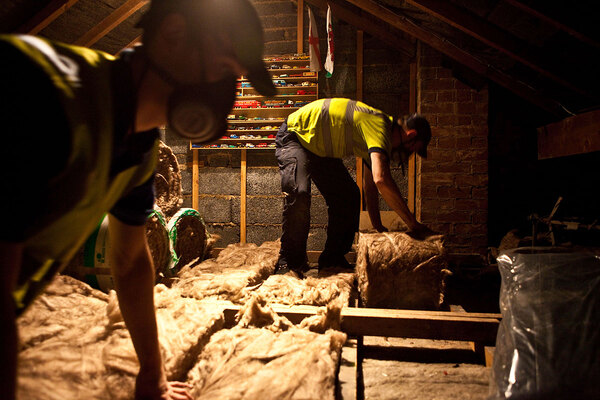Not staying on top of your data will lead to spiralling repairs costs
With repair costs up by an unprecedented £1.3bn, how can housing providers stop their costs from snowballing, asks Steven Rae
In 2022-23, English housing providers spent an unprecedented £7.7bn on repairs, up £1.3bn on the previous year and an increase of over a third since pre-COVID times, according to Inside Housing’s tracker of the largest 204 providers in the country.
Some of this will be tied to more expensive materials, a greater focus on health and safety and the much-hyped crumbling-concrete crisis. Others may, as noted, be on a cyclical upgrade of works across their portfolio.
What worries me most is the fact that much of this will be unbudgeted or unpredictable expenditure for registered providers, which haven’t got on top of their data.
It’s well known that data in this sector is generally poor. Mergers and acquisitions with irreconcilable systems, and legacy data will only have exacerbated this problem.
Imagine a registered provider that has inherited thousands of units on a different housing management system with no way of knowing whether the data is accurate. How many units they have in total is sometimes difficult to get on top of, let alone when they were last refurbished, what condition they’re in and which compliance certificates they are missing.
“What we often see are the larger registered providers spending huge sums on just managing their lists rather than actually resolving issues”
What we often see are the larger registered providers spending huge sums on just managing their lists rather than actually resolving issues. As a result, the same problems are faced again and again, without the root cause being solved.
Subsequently, long lists build up which, in themselves, require significant person power just to manage. Resources therefore get diverted to managing complaints, overseeing reports that often need de-duplication and keeping residents updated on why things are taking so long, rather than solving the problem at hand.
The list gets longer, more resources then deal with the growing list, and there are more delays to repairs, while the original issue is still not being managed or future problems pre-empted.
This a rabbit-hole that needs to be avoided from the outset.
It’s a story we’ve heard many times before in the public sector and it’s not necessarily anyone’s fault. But it does need tackling – fast – especially as housing is scarce, the need is huge, quality is lacking, and sentiment is at an all-time low.
Now imagine a world where repairs, complaints and progress are automated and all managed in one transparent platform, where tenants and their information are onboarded in a matter of weeks with data recorded from day one, and sentiment is not only documented, but shows an uplift immediately.
“[Problems with managing repairs] need tackling – fast – especially as housing is scarce, the need is huge, quality is lacking, and sentiment is at an all-time low”
Repairs requirements get recorded instantly and reputable tradesmen are appointed and sent out to properties efficiently, with progress updated and costs visible and kept within agreement and budget, with no unnecessary call-out fees and no spiralling costs for jobs.
What’s more, the data is maintained, making it easy to predict future budgets for maintenance and repairs, which means that the amount spent shouldn’t be a surprise, much less a massive hike on expectations and previous years.
This can reduce both repairs turnaround times and budgets, while the time spent on management, admin and compliance will be almost eliminated. For example, a number of our clients have seen their complaints drop to near zero, which allows their staff more time to spend on positive action for their residents, which in itself increases engagement and satisfaction.
Surely it’s time to get on top of data and technology, and make these things work much better in an industry that has a huge focus on health and safety and expenditure in the billions, but a need to bring much-needed housing back into use urgently.
Steven Rae, chief executive, EVO
Sign up for our asset management newsletter
Already have an account? Click here to manage your newsletters












